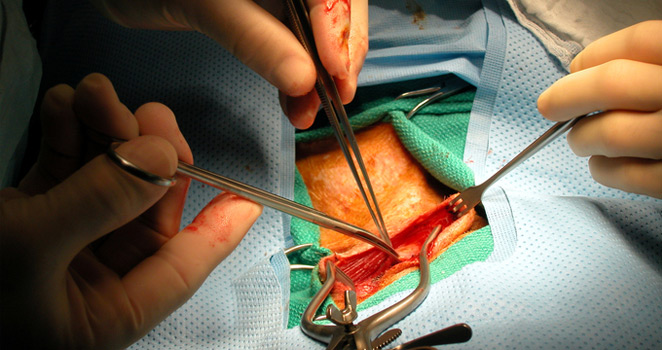Introduction
Peripheral vascular surgery (PVS) is a specialized branch of surgery focused on the diagnosis and treatment of diseases affecting blood vessels outside the heart and brain. This includes conditions that affect the arteries and veins in the limbs, neck, and abdomen. As vascular diseases become more prevalent, understanding the role of PVS in patient care is essential.
What Is Peripheral Vascular Surgery?
Peripheral vascular surgery encompasses various procedures aimed at improving blood flow and reducing complications associated with vascular diseases. Common conditions treated include:
- Peripheral Artery Disease (PAD): A narrowing of the arteries in the legs, often due to atherosclerosis, leading to reduced blood flow.
- Aneurysms: Abnormal bulges in blood vessels that can rupture if not treated.
- Venous Disorders: Conditions such as varicose veins and chronic venous insufficiency.
Types of Procedures
- Angioplasty and Stenting: Minimally invasive techniques used to open narrowed arteries and improve blood flow. A balloon is inflated at the site of the blockage, and a stent may be placed to keep the artery open.
- Bypass Surgery: Involves creating a detour around a blocked artery using a graft, which can be made from the patient’s own vein or synthetic materials.
- Endarterectomy: A surgical procedure that removes plaque buildup from the inner lining of an artery to restore blood flow.
- Vein Surgery: Procedures such as sclerotherapy or vein stripping are used to treat varicose veins and other venous disorders.
Why It Matters
Timely intervention through peripheral vascular surgery can significantly improve quality of life for patients. It alleviates symptoms such as pain and fatigue, reduces the risk of serious complications (like limb loss), and enhances overall vascular health.
Who Should Consider PVS?
Patients experiencing symptoms such as leg pain during exercise, non-healing wounds, or visible swelling in the limbs should consult a vascular specialist. Early diagnosis and treatment can lead to better outcomes and prevent the progression of vascular diseases.
Conclusion
Peripheral vascular surgery plays a crucial role in managing vascular health, providing patients with effective treatment options to enhance their quality of life. As the field continues to evolve, staying informed about advancements and best practices is vital for both patients and healthcare professionals. If you suspect a vascular condition, seek consultation from a qualified vascular surgeon to explore your options.
For more information and resources, stay connected with us at [Your Site Name]. Together, we can promote awareness and understanding of peripheral vascular surgery.
